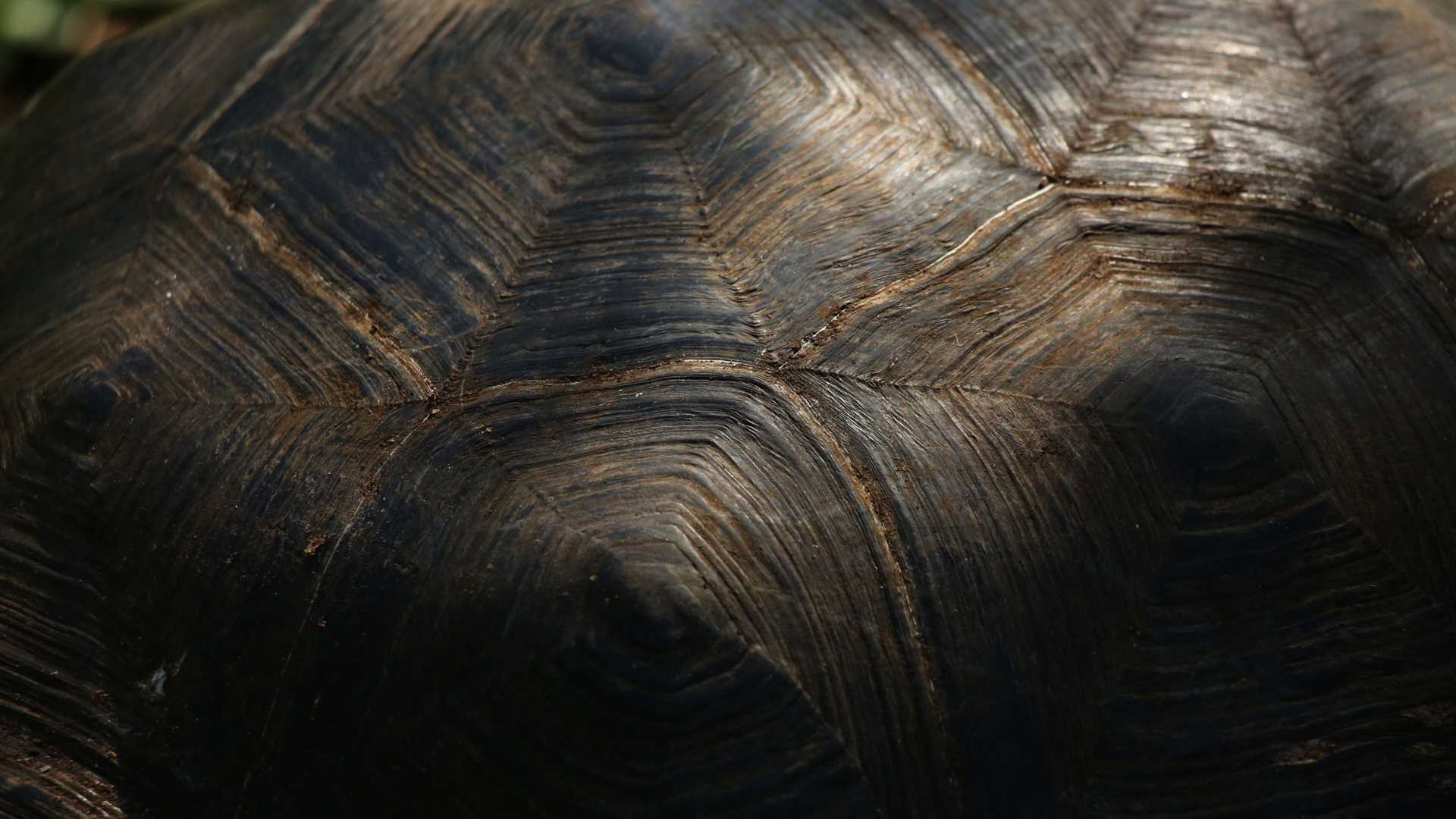On our fourth day on board the National Geographic Endeavour II, we stopped by the south side of Santa Cruz Island. The archipelago’s second largest island is almost 1000m2 in area and circular in shape. Located in the center of the Galapagos, it is also the economic center and has the highest population of the five inhabited islands. Today, we had the chance to explore Puerto Ayora, a town of about 12,000 residents. At the Galapagos National Park giant tortoise breeding center, we learned about the efforts to save these endangered animals and saw a variety of species in corrals. We then traveled to the highlands to see giant tortoises in the wild. Along the way, we stopped at a local farm stand to sample products made from sugar cane, coffee, and cacao. We concluded our busy day visiting local artisans.
6/13/2025
Read
National Geographic Endeavour II
Genovesa Island
We started the day with excitement as we landed on the beautiful, pristine coast of Isla Genovesa - a true birder’s dream. Along the sandy beaches and steep cliffs of Darwin Bay, we were surrounded by an incredible array of birdlife. Frigatebirds soared closely overhead with their red pouches on full display, while Nazca and blue-footed boobies nested along the rocky ledges. Swallow-tailed gulls called out as we walked past. In the distance, we saw the stoic and elusive short-eared owl. The island was alive with color, sound, and constant movement. Between our excursions to Isla Genovesa, we snorkeled near Prince Philip’s Steps and discovered a vibrant world beneath the waves. Schools of fish swirled around us, a fur seal turned in the water as if dancing on cue, and sea lions relaxed nearby. As our last snorkeling adventure came to a close, we spotted a sea turtle resting calmly in a crevice. As the sun retreated into the sky on our last return to National Geographic Endeavor II, we reflected on the sheer magnitude of what we witnessed on our last full day. Isla Genovesa, like the other islands, gave us a connection to a sacred world. The harmony between land, sea, and sky reminded us how deeply interconnected, vital, and fragile these ecosystems are. Watching birds tend to their nests and marine life swim effortlessly, we were struck by how little space there is between wonder and reverence. We recognized that our journey wasn’t just about observing unique wildlife, it was about feeling part of something grander and beautifully ancient.







